Being a tech theatre major I have learned there are two main things that you need. First is a specialized skill set, and second is a portfolio. For me the first thing has never been hard to figure out. I have loved running sound since I was a kid. The second part was a slight bit more difficult. Most techies work with physical things (i.e. sets, props, costumes.) being a sound designer and engineer is a little different though because I am working with things like digital sound files and sounds that you hear. So when my professors told me I need to start creating a sound portfolio I was slightly distraught on how to take these intangible items and present them in a way that allows me to explain my concepts to people who don’t know much about sound.
My first idea had been to create a website that others could visit and have all the information and sound files there. The problem that I had with this is that I could not afford to use a web site host, and I don’t have access to a server that I could have hosted my web site on my own. Not to mention the fact that I actually have no web design and creation background. So I kept brainstorming for ideas. The next idea I had was to create some simple presentations that people could click through. This was actually not a bad idea. The only issue is walking the line between sophisticated and crap. To help keep on the side of sophisticated I decided to use the hyperlink ability that Keynote has to help me gain a website feel.
To actually present my work I took 30 to 40 second clips of various tracks from the different shows I had worked on. Then created links to each of these on slides for each show. This allowed me to give a broad example of my concepts.
While at SETC this past weekend I was given the opportunity to show my portfolio to several experienced sound designers, and get feed back about how I can improve my portfolio. Overall everyone thought that I had accomplished the challenges of sound designers quite well. Most of the advice I received was just in the presentation of my material. They recommended that I add more photos or video, which is something that I have wanted to do, but just haven’t had an opportunity to get the images I need. They also talked to me about some paper work like speaker position layouts, channel hook-ups, and screen shots of programs and the multi-track works that I have created that would be a great addition.
Another idea for presenting my work that I saw one designer use was to create three to four minute soundscape clips that give an example of the entire play’s sound design. Though complex it gives a snippets of the atmospheres and moods created through out the show by the sound design.
Over the next several weeks I hope to use all of the information and feedback I gleaned from SETC, and the sound designers I met with, to boost my portfolio to a whole new level.
CL
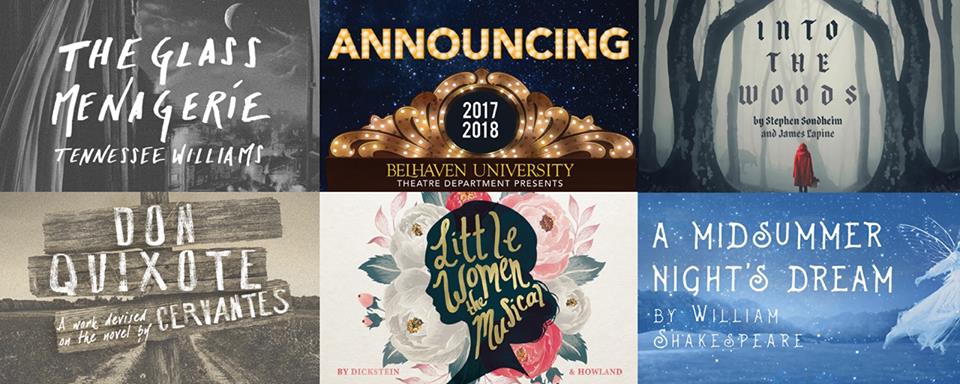



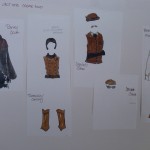

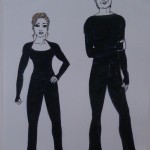


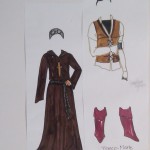
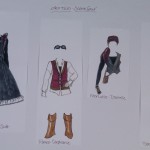



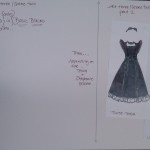
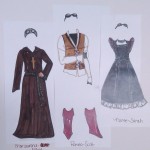
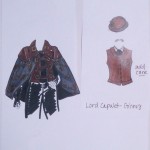
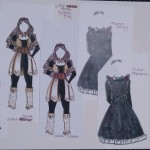
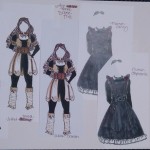
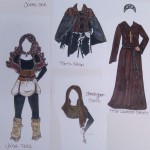
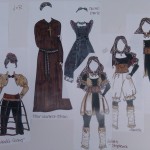

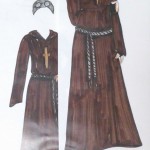
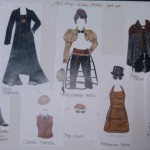

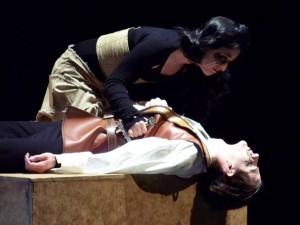
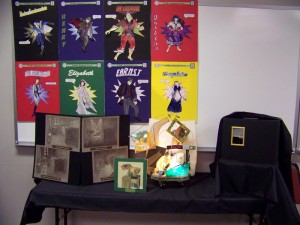
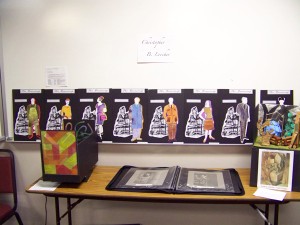

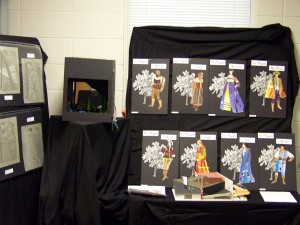
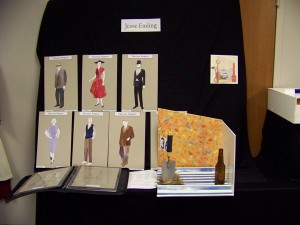
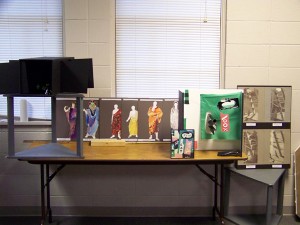
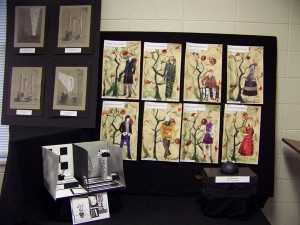
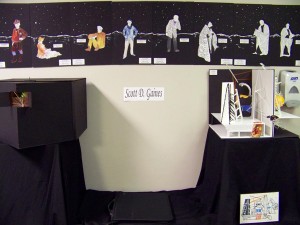 W
W